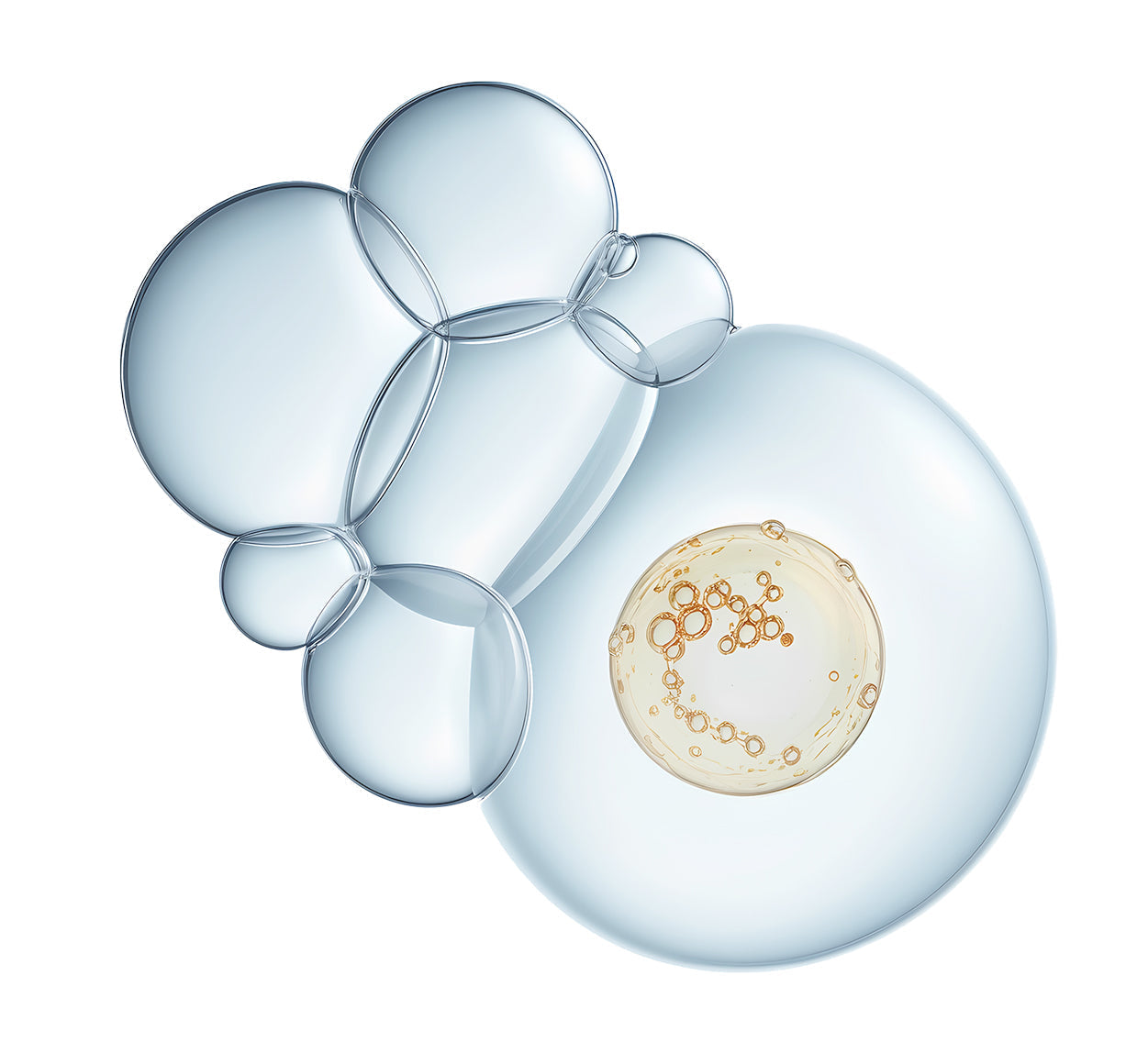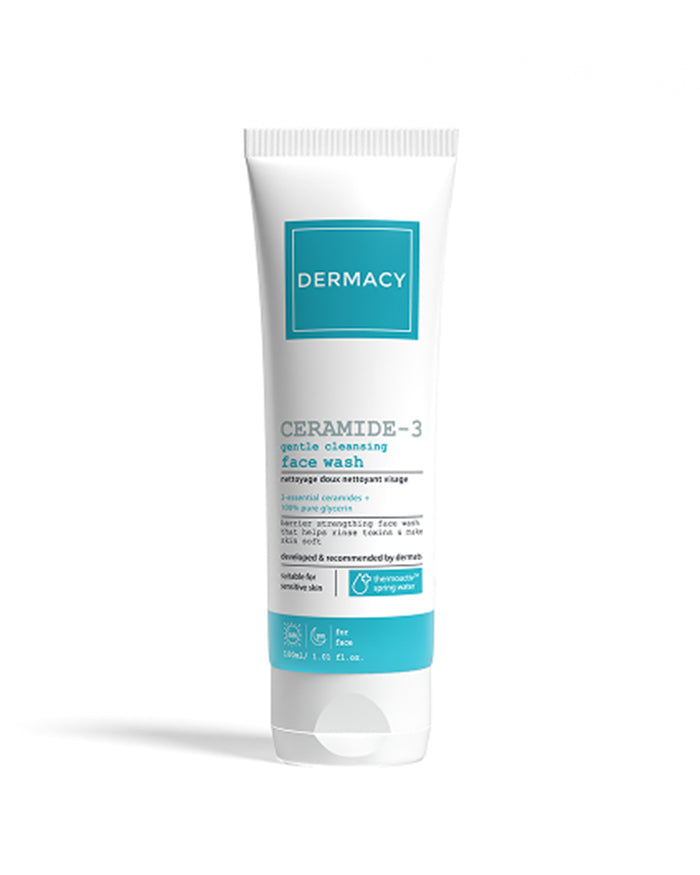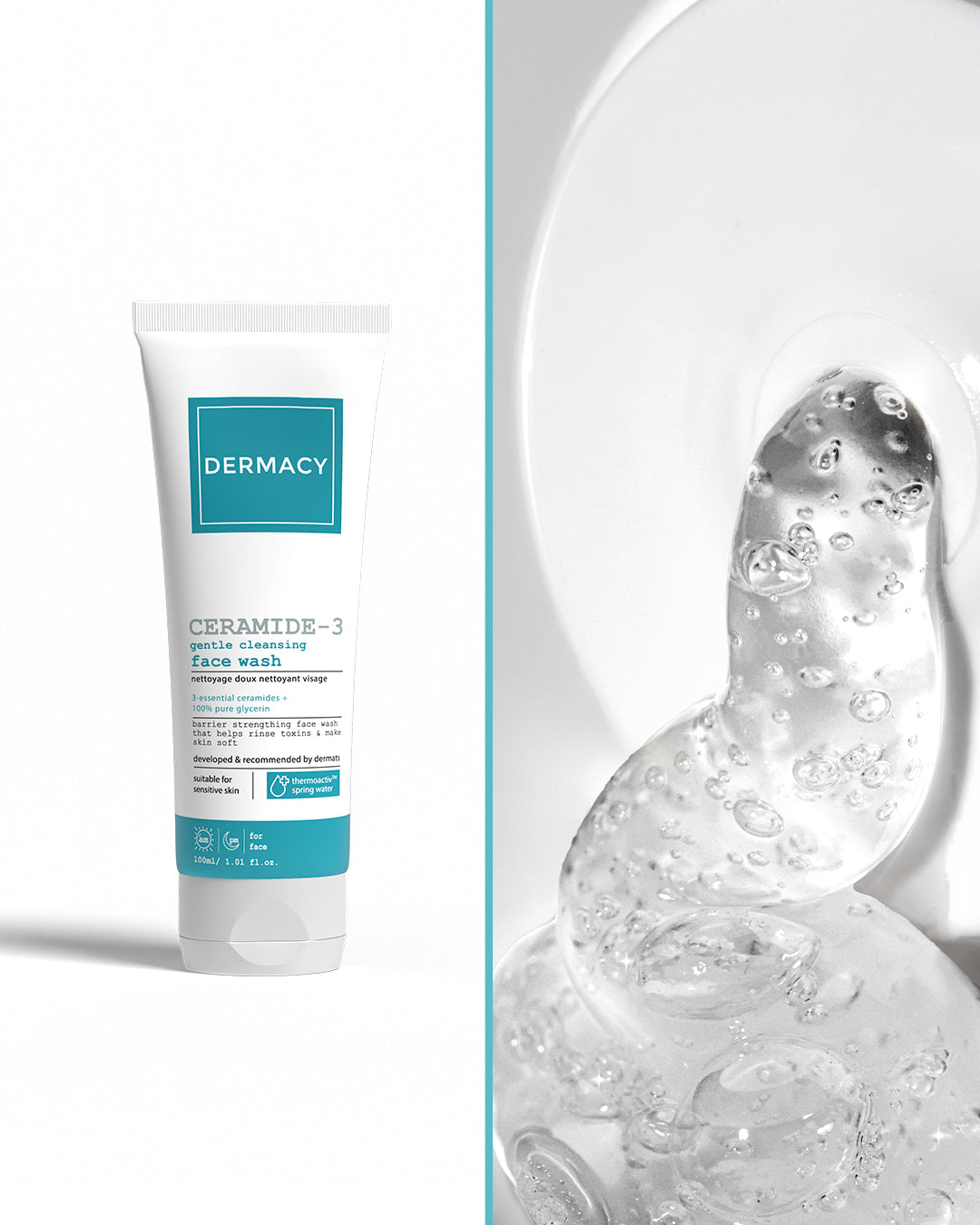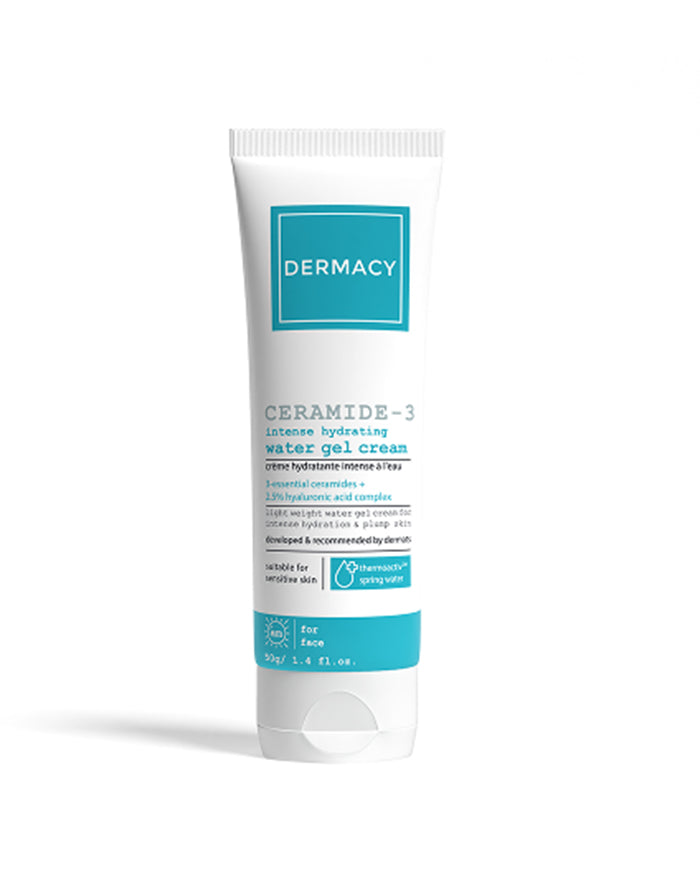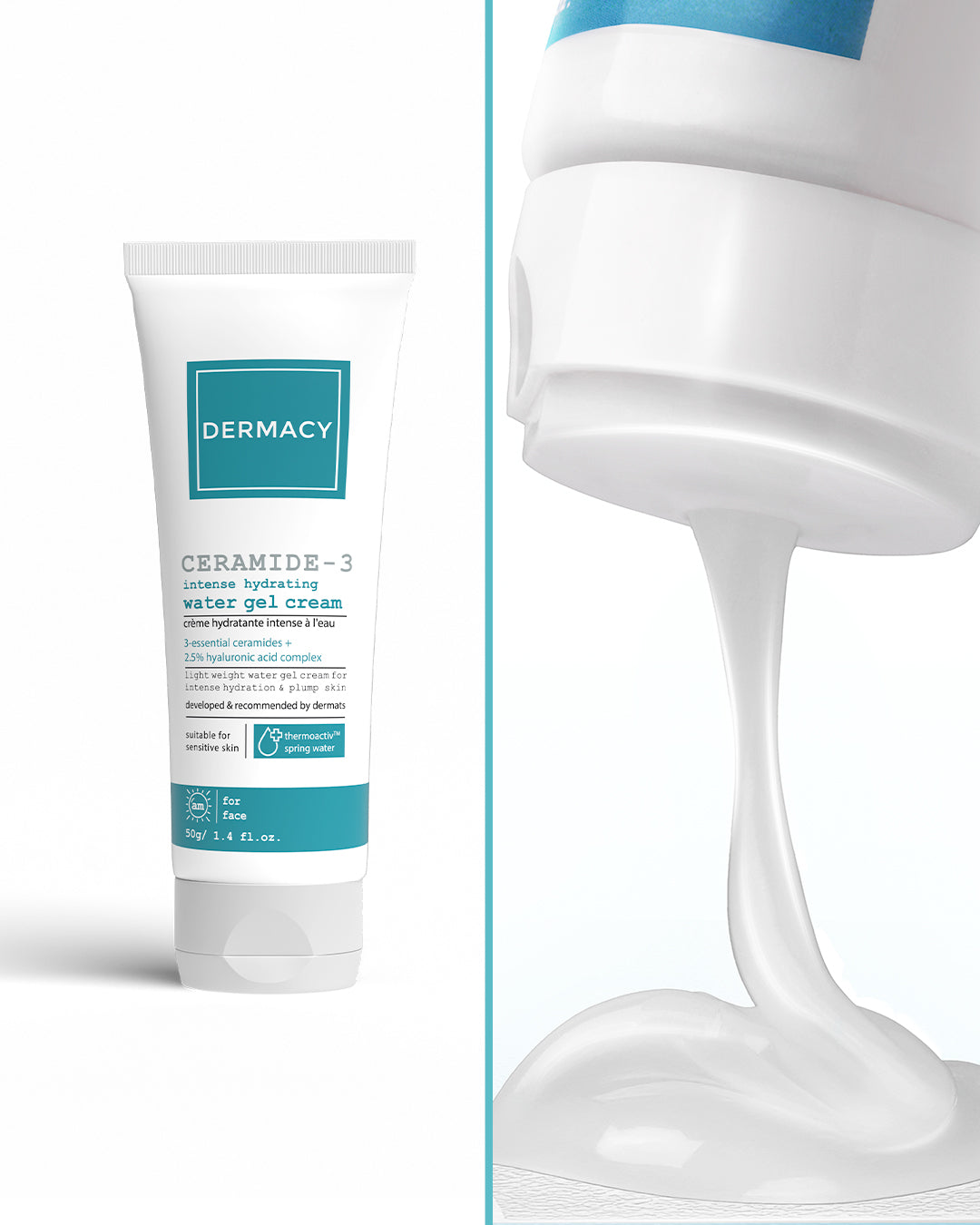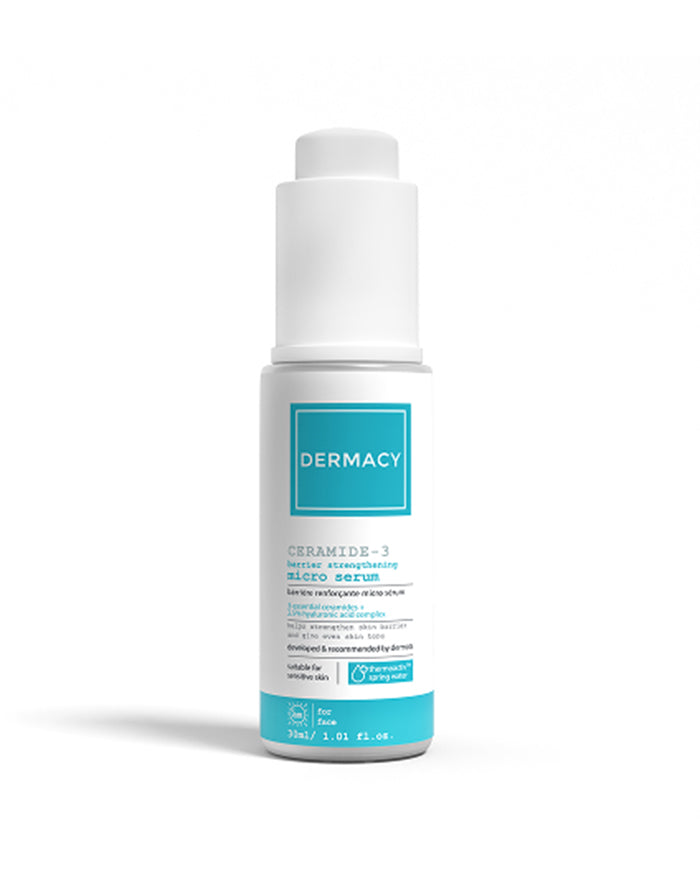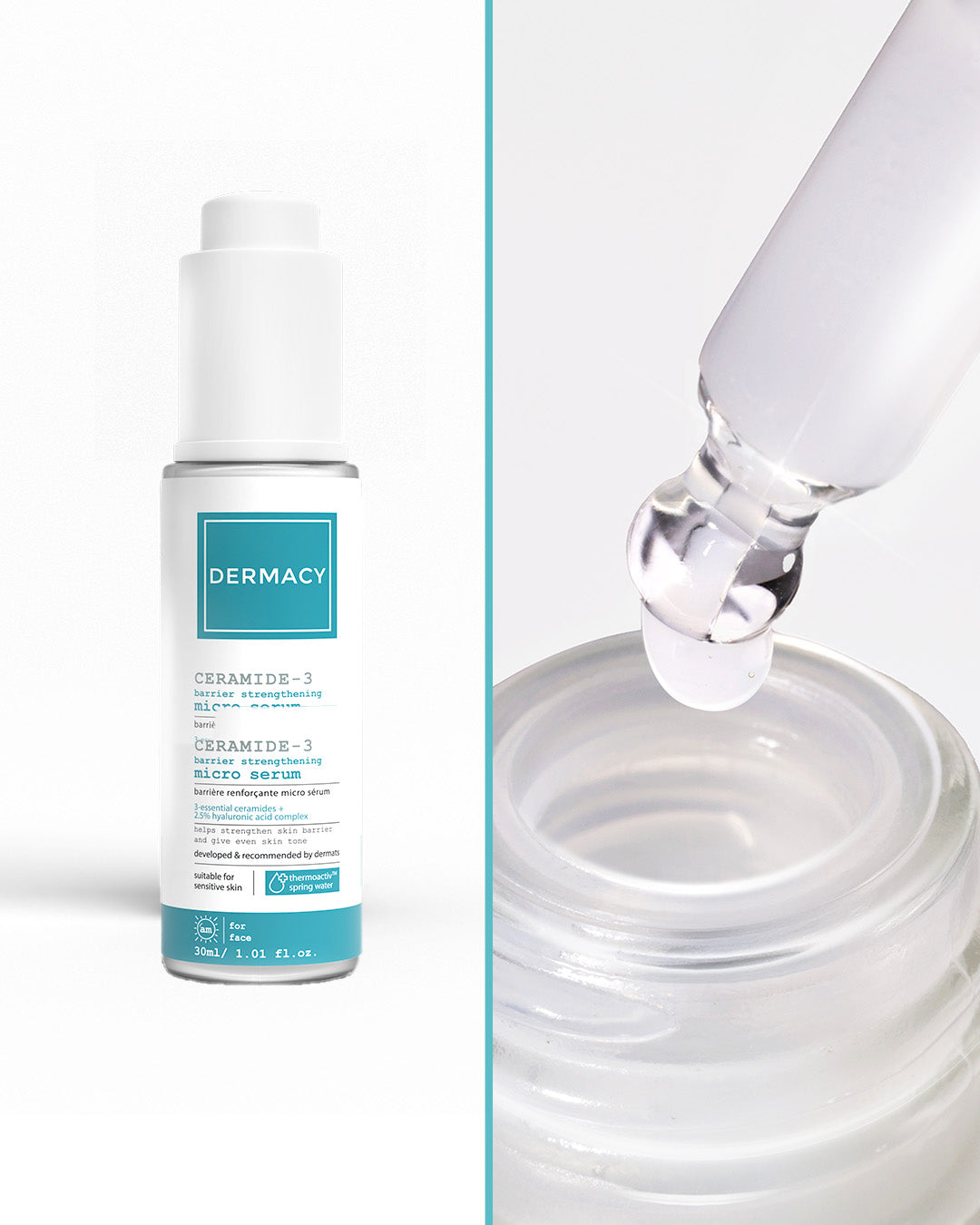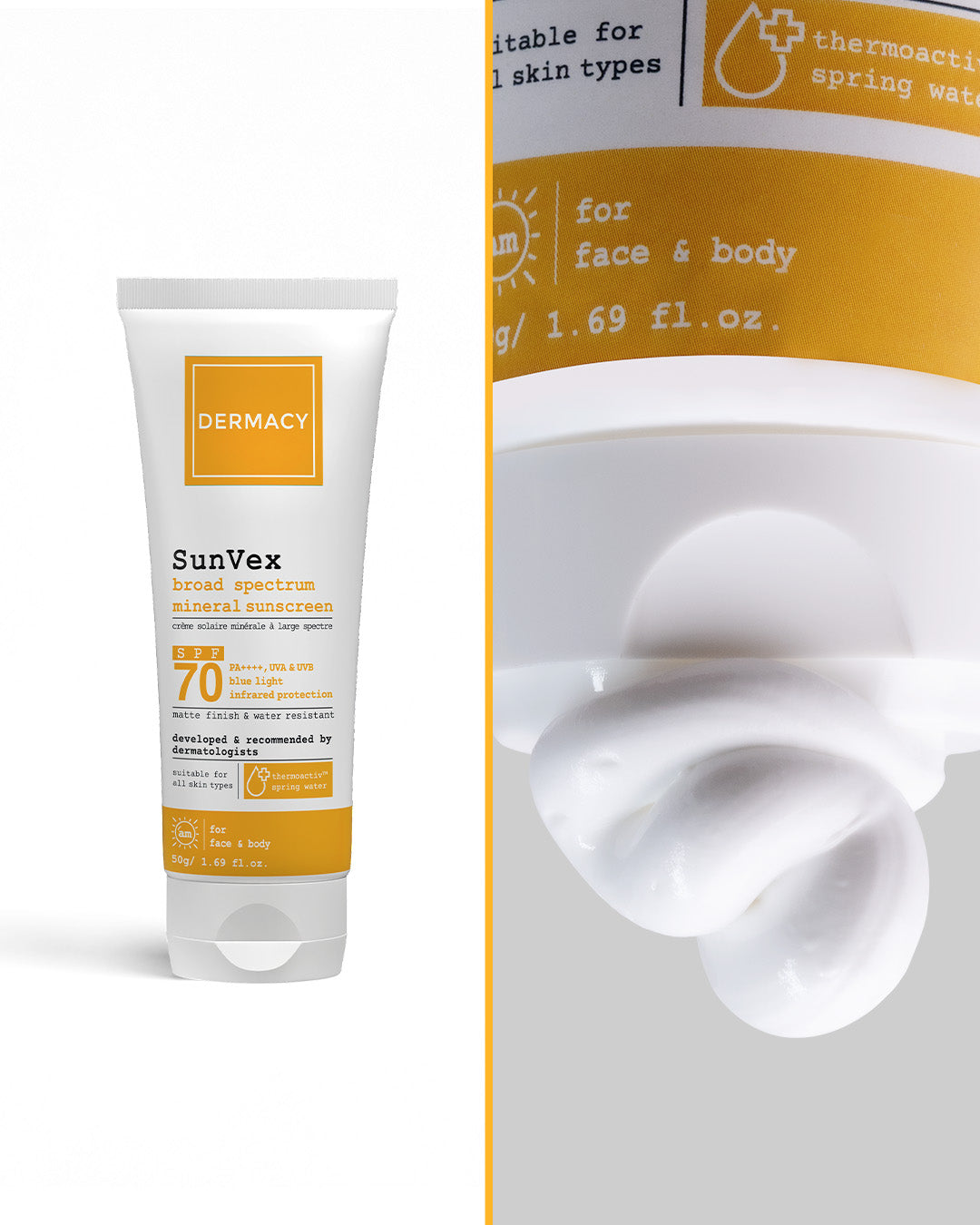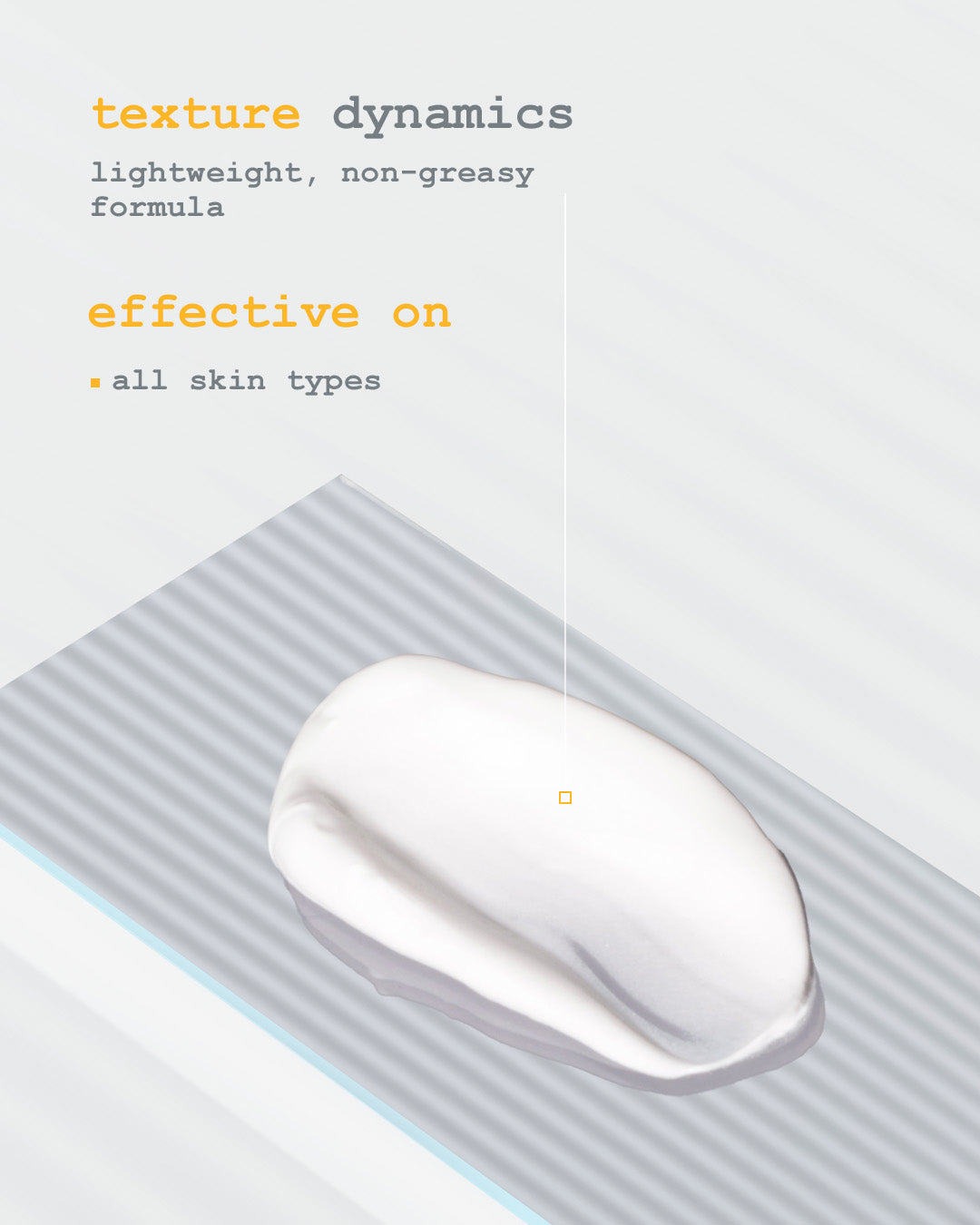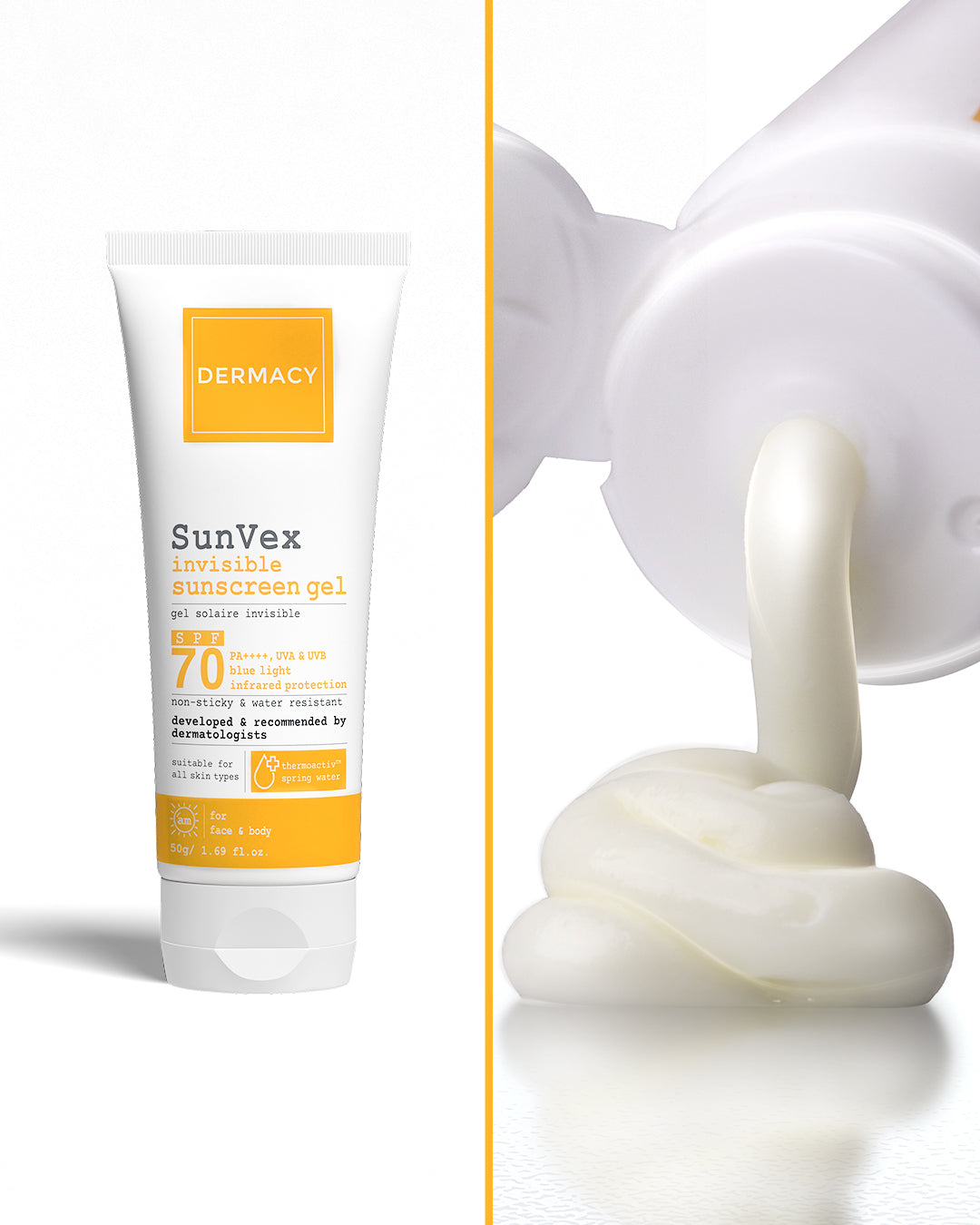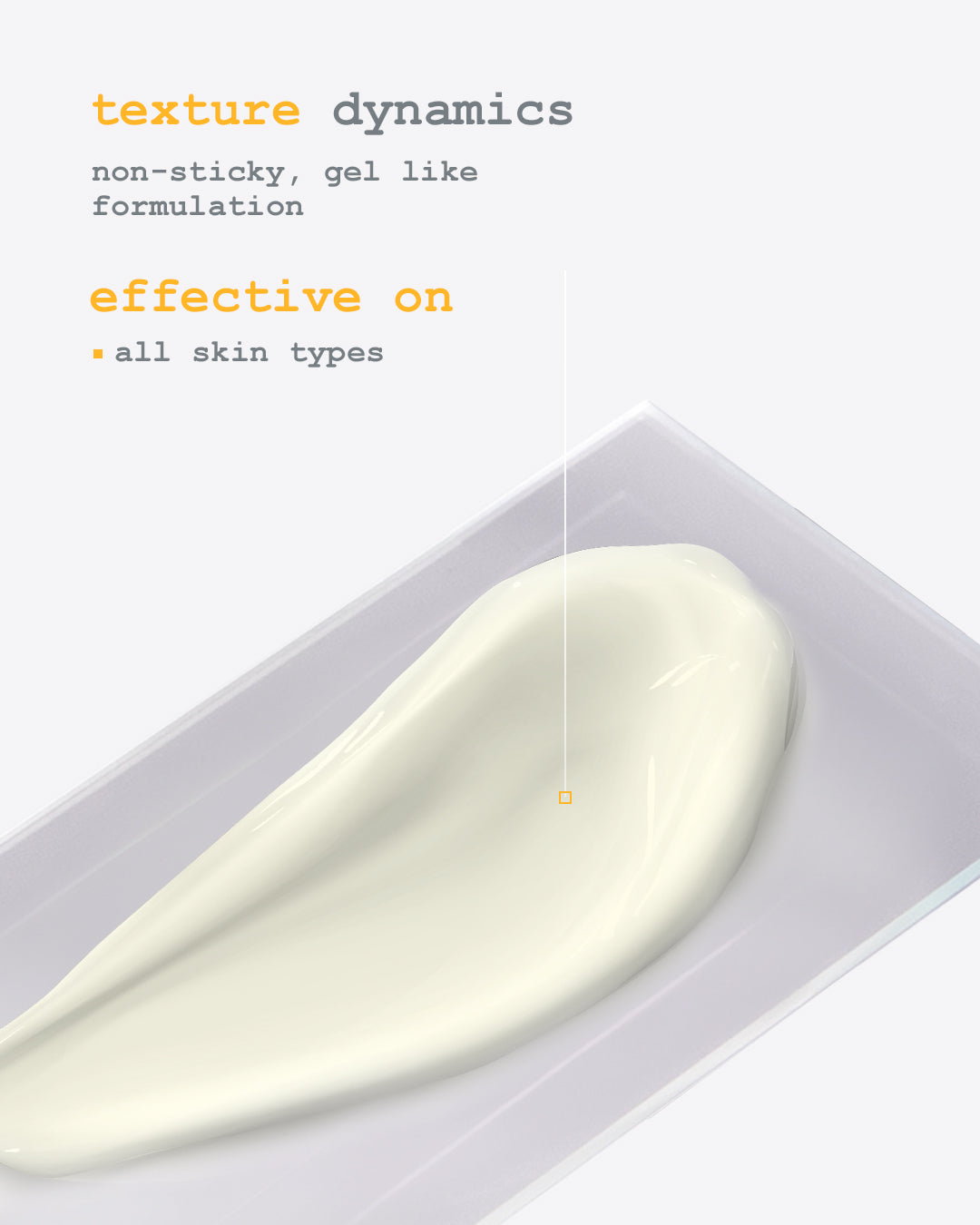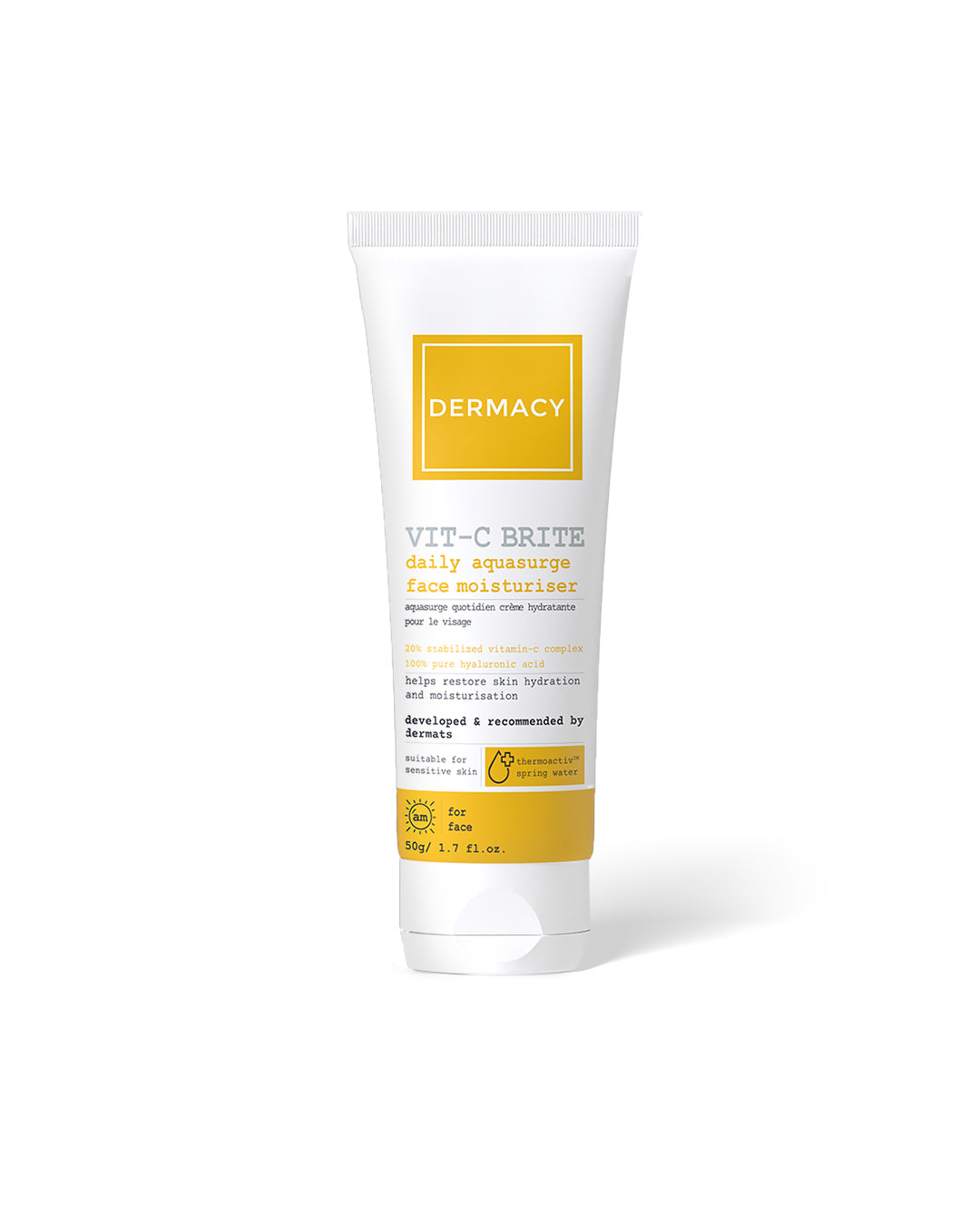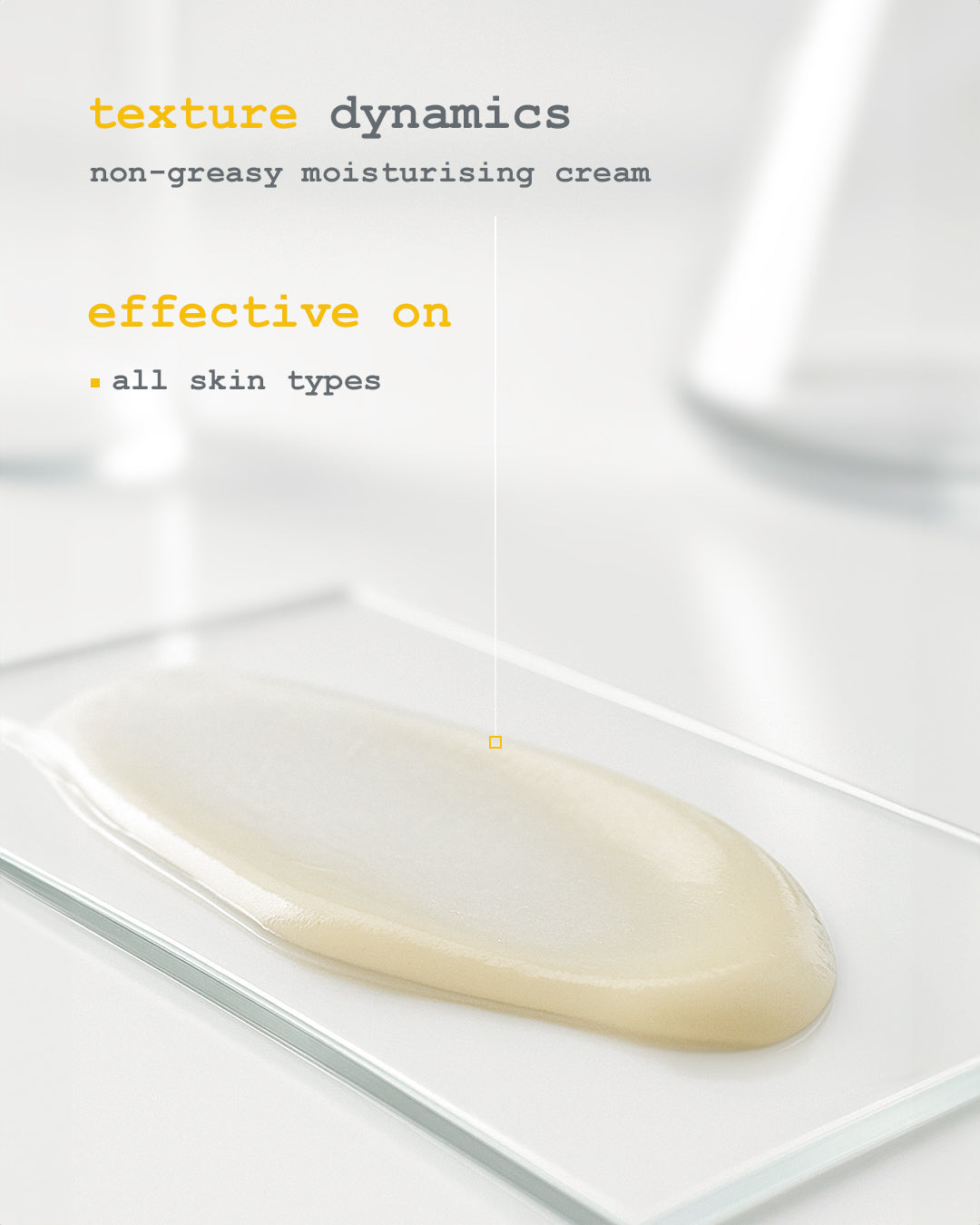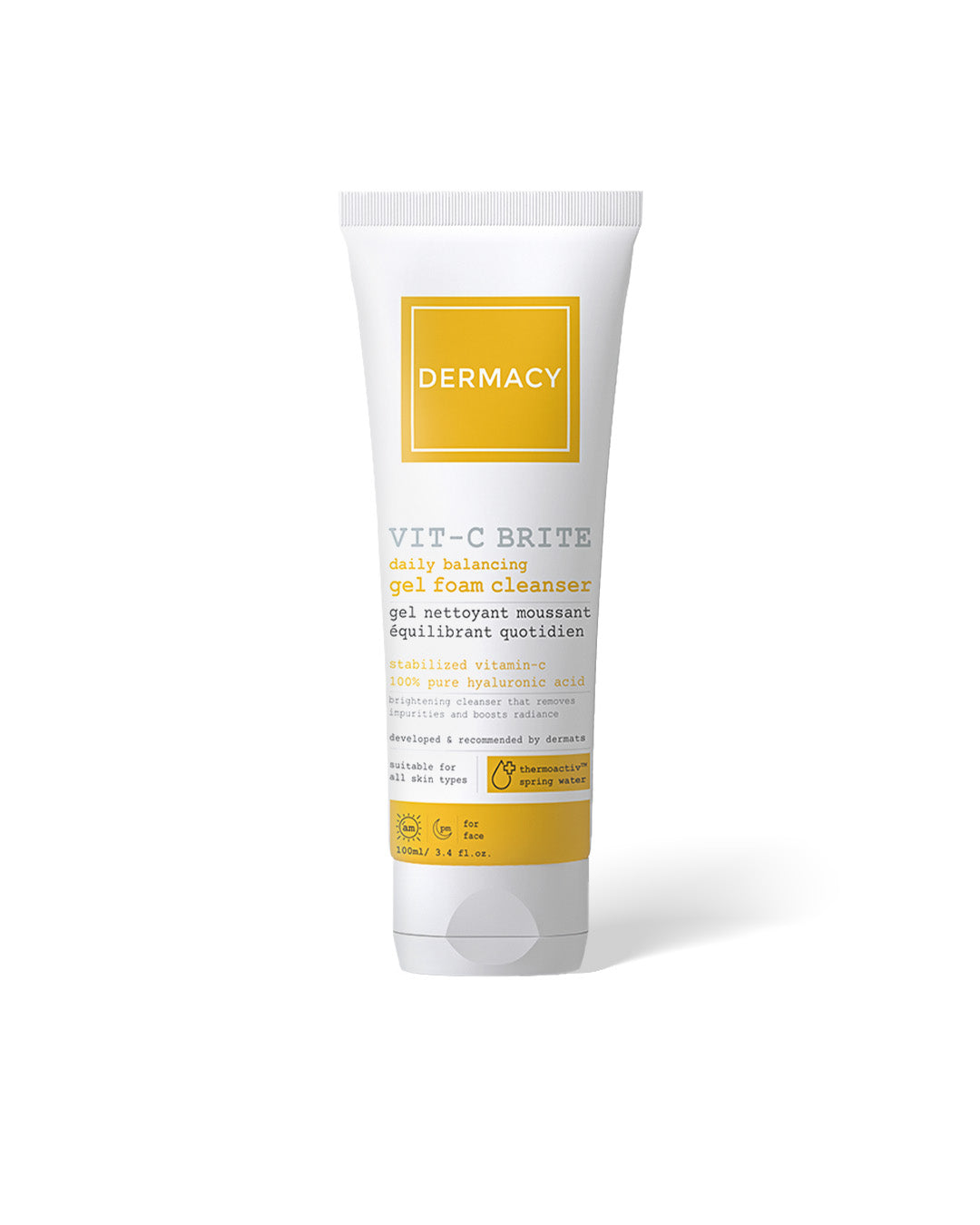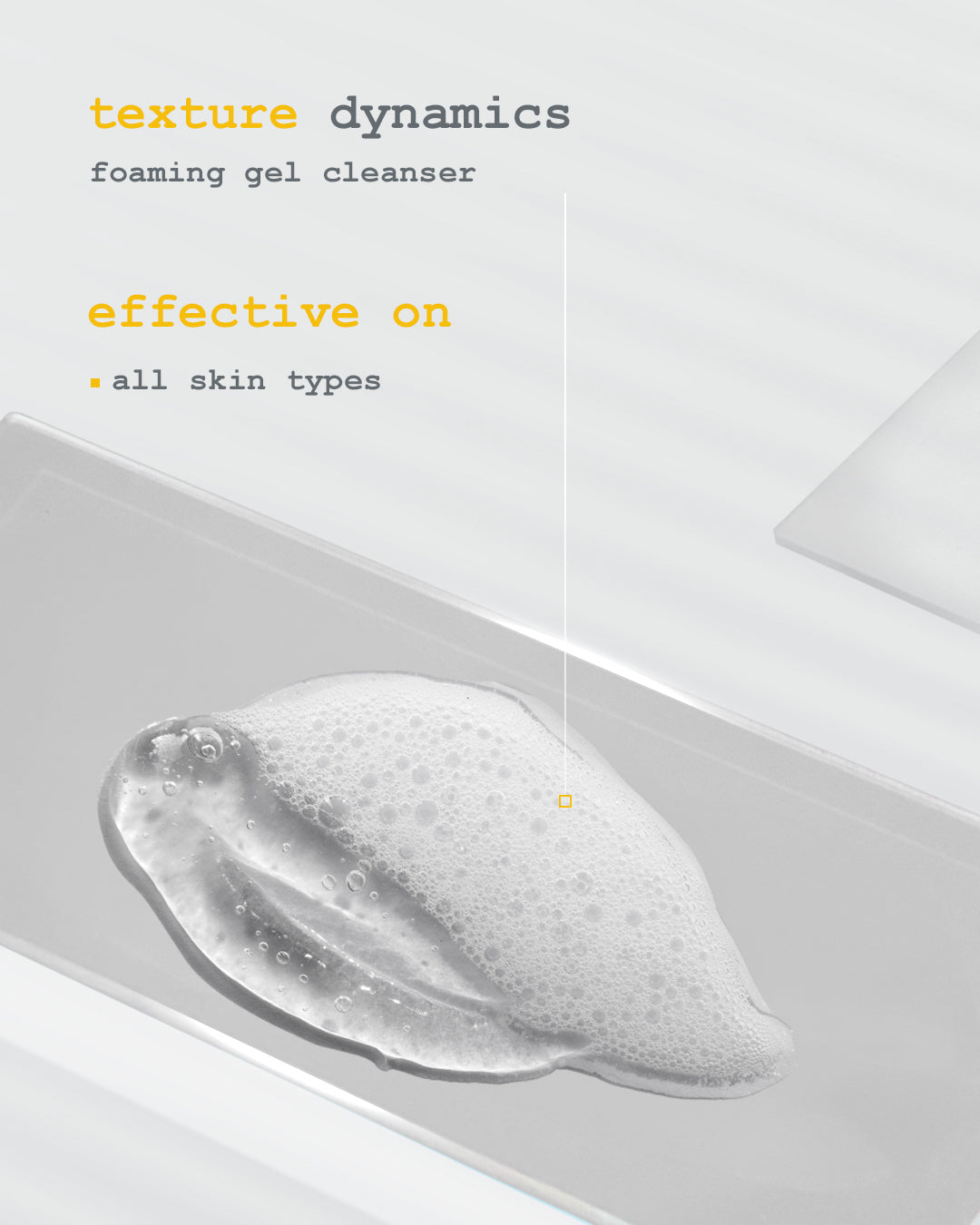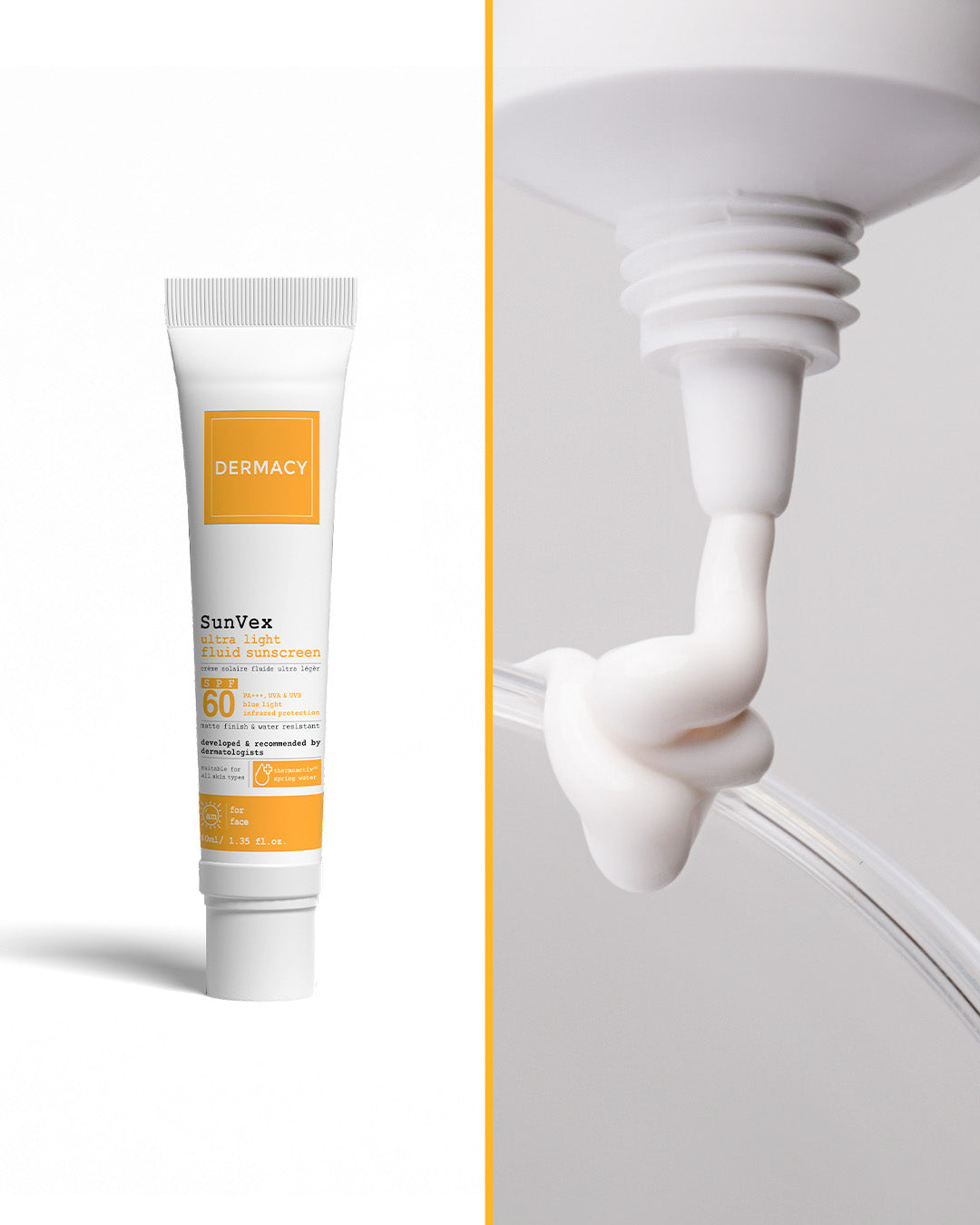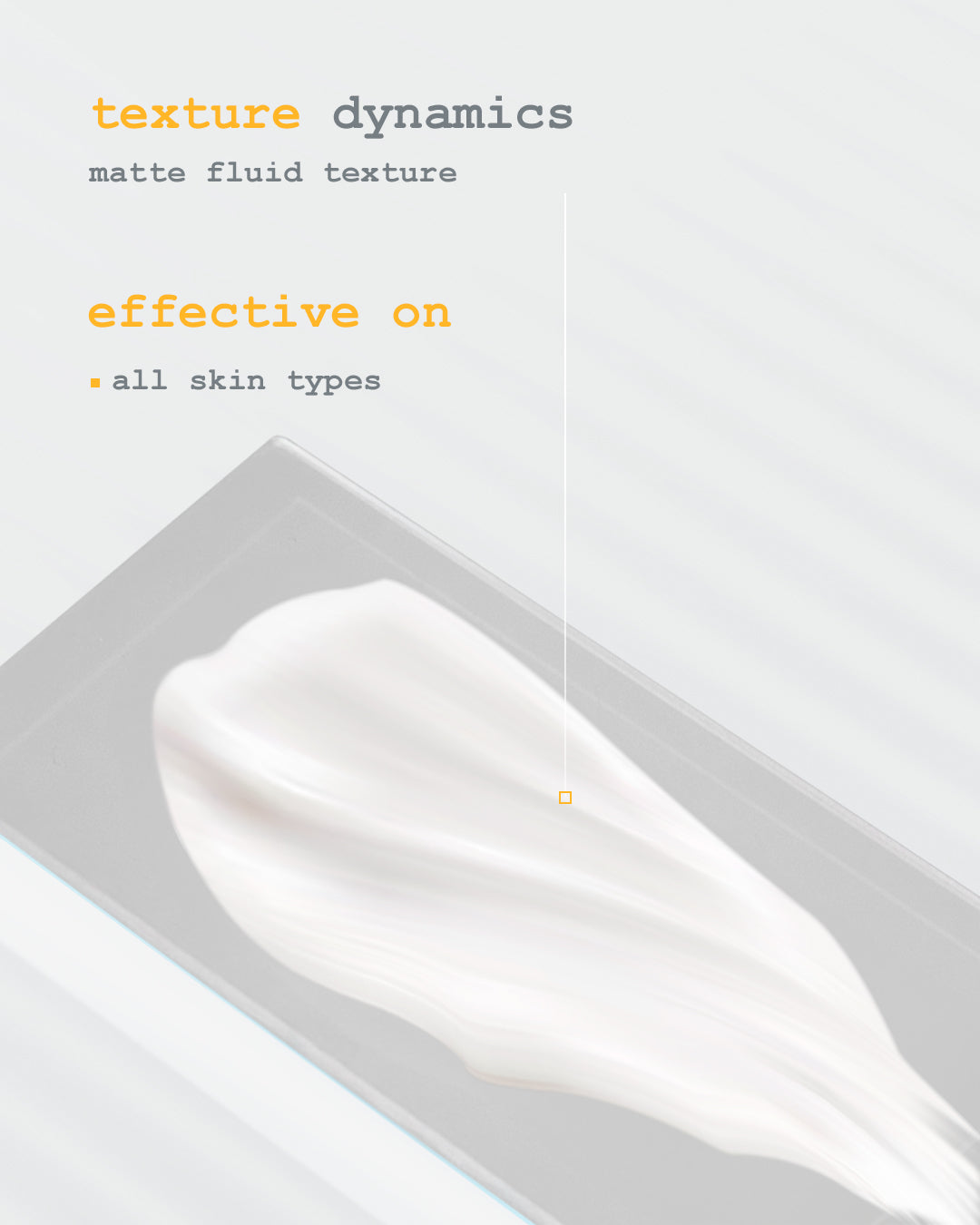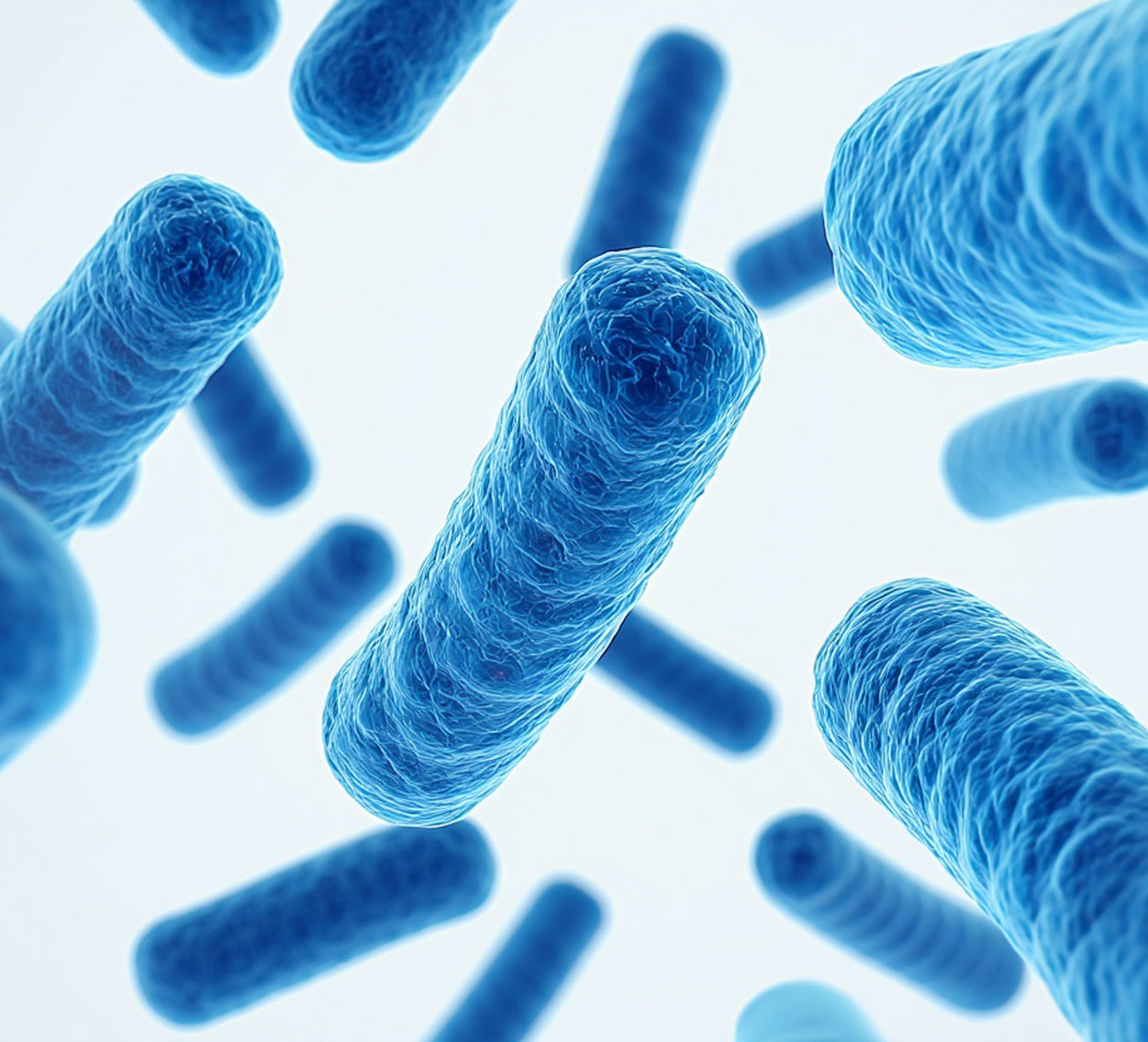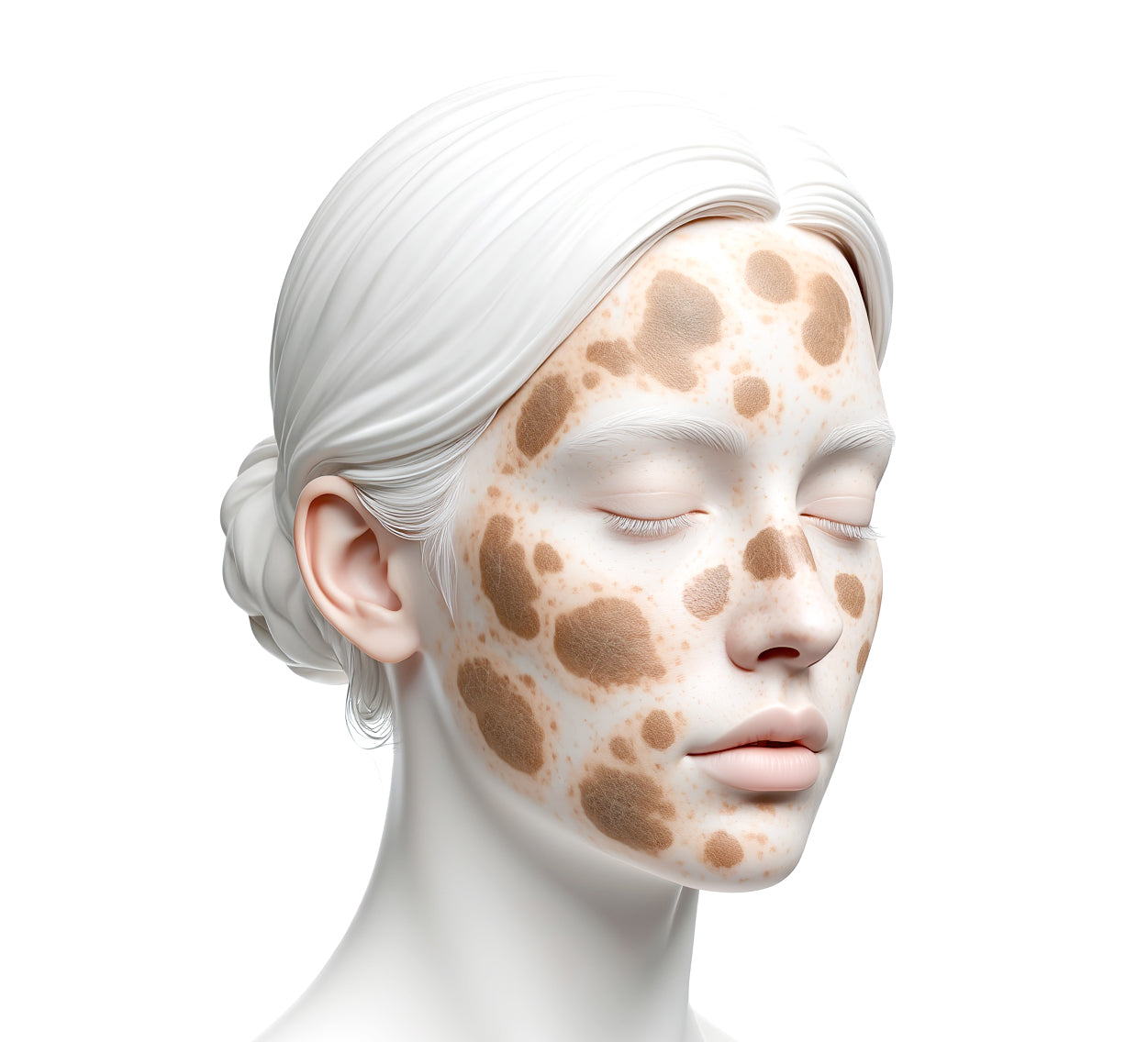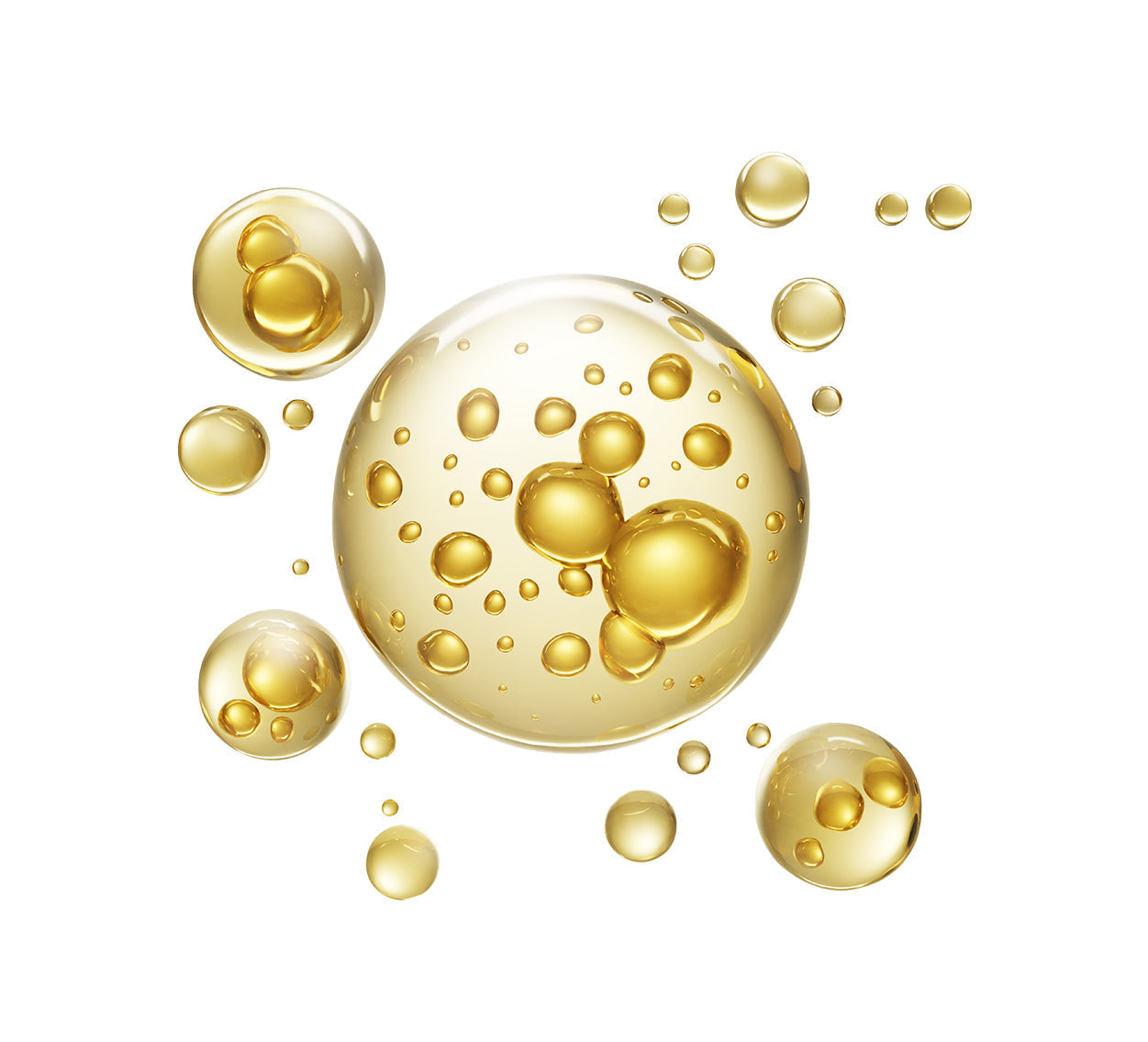The Lipid Barrier: Your Skin’s First Line of Defense
What Is the Lipid Barrier?
The lipid barrier forms the outer layer of the epidermis (stratum corneum) and is composed of ceramides, fatty acids, and cholesterol. These lipids work together to bind skin cells, creating a cohesive and protective layer.
It plays a key role in retaining moisture, shielding the skin from external irritants, and minimizing transepidermal water loss (TEWL). When intact, the lipid barrier helps maintain skin that is hydrated, balanced, and resilient.
Why Is It Important to Maintain Your Lipid Barrier? A healthy lipid barrier helps to:
- Prevent water loss and maintain hydration
- Shield skin from irritants, bacteria, and pollutants
- Support overall skin balance and repair
- Improve tolerance to active ingredients
- Reduce sensitivity, redness, and flaking
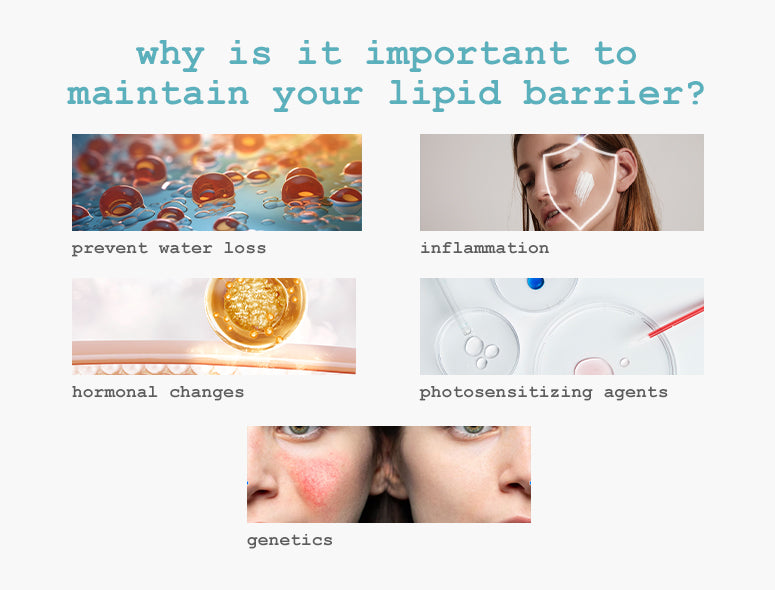
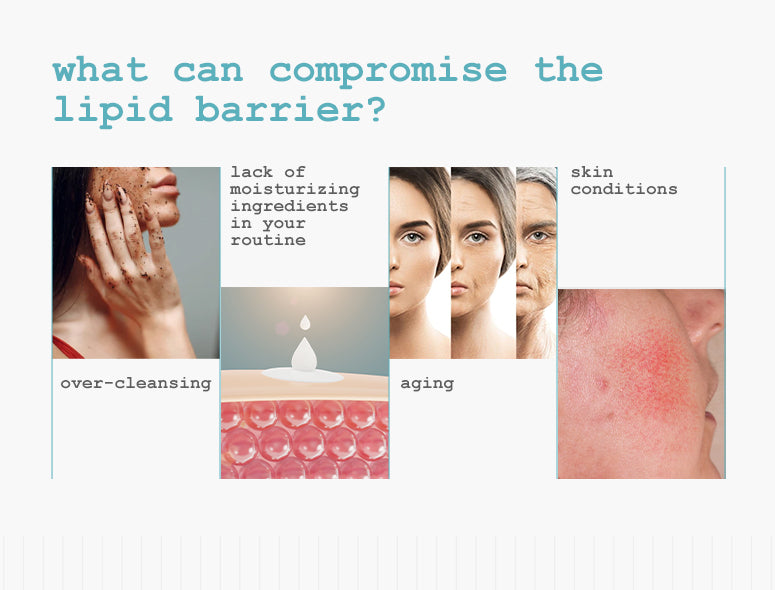
What Can Compromise the Lipid Barrier?
Several internal and external factors can damage the lipid barrier:
- Over-cleansing or using harsh exfoliants
- Environmental stress
- Lack of moisturizing ingredients in your routine
- Aging, which naturally reduces lipid production
- Skin conditions like eczema or rosacea
How to Protect and Restore Your Lipid Barrier
Restoring the lipid barrier takes consistent care and barrier-supportive ingredients:
- Use gentle, non-stripping cleansers
- Apply moisturizers with ceramides, fatty acids, and cholesterol
- Layer in humectants like hyaluronic acid to hydrate
- Avoid over-exfoliating and simplify your routine
- Always wear SPF to prevent environmental damage
Final Takeaways
The lipid barrier is more than just a surface layer—it’s your skin’s primary defense. Protecting it means more than moisturization—it’s about restoring what the skin naturally needs to stay balanced and resilient.
Gentle care, the right ingredients, and consistency are key to maintaining skin that feels strong, and hydrated.






